HR is the beating heart of every business, connecting management and staff. Get HR comms right, and the whole organization thrives. Impacting employee engagement, morale, and productivity, plus much more, HR communications are vital to business success.
However, according to Gallup, 74 percent of employees believe they are missing out on company news and information. And SHRM puts the cost of poor HR comms at a whopping $420,000 yearly for small businesses. Yikes! Scary, right?
And so, if your HR communications need a fuel injection, you’ve landed in the right place. We share 12 best practice-inspired top tips to power up your HR communications.
What Are HR Comms?
Before we dive into our top tips, let’s be clear about our definition of HR comms. It’s an umbrella term that covers the whole range of HR messaging. However, there’s a common thread. HR comms should inspire, motivate, inform, and connect with employees.
Most HR communications can be slotted into one of the following five main categories:
General Updates
These messages keep everyone informed about what’s going on. It could be company or industry-related news. And it also covers HR updates, such as advising employees of changes to benefits packages.
Information Communications
Sometimes, you need to provide information to workers. Examples here include safety and health protocols or a new employee wellness initiative.
Change Communications
Often, it’s HR, rather than the internal comms team, that handles messaging around organizational changes, especially if it directly affects staff. Mergers and acquisitions, internal restructuring, and staff movements come under this category.
Crisis Communications
In many companies, HR took responsibility for keeping staff updated during the pandemic. HR communicated work-from-home policies or social distancing and hygiene requirements. However, this category also includes communiques relating to natural disasters or security incidents.
Culture Communications
The HR department is the gatekeeper of all things company culture. Various messages come under this category, including employee appreciation programs, team-building activities, social events, and volunteering initiatives.
Now that we know what HR communications are all about, how do you go about optimizing your comms? Here are 12 best practice-inspired tips to kickstart your efforts.
1. Develop A Plan
Benjamin Franklin is credited with the quote: ‘If you fail to plan, you are planning to fail.’ For many HR departments, communications are done on the hoof. And that’s like trying to reach a destination without a map.
A plan provides a clear sense of direction. It means you can share the right message to the right audience at the right time using the most appropriate channel. Instead of blanket all-staff emails, your people receive the targeted, relevant information they expect.
Check out our blog on developing a communications strategy for all you need to know.
2. Create A Single Source Of Truth
Having a single source of truth is critical when it comes to HR information. And it offers several advantages for both workers and the organization. To this end, many best-of-breed companies have developed HR portals or have a dedicated space on the intranet.
For employees, it means they have just one place to go to source HR resources, using a self-service approach. Most staff already run their lives from smartphones, so they will love the self-service aspect. It could be changing addresses on their personnel record, booking a holiday, or checking out employee wellness initiatives. Company documents and policies are also available in the central hub, along with training and development opportunities.
The organization also benefits from the streamlined approach. Updating information and resources is more straightforward when you have just one platform to worry about. Furthermore, portals mean you can automate many HR processes for a faster, more accurate service. HR staff are freed up from chasing paperwork or responding to queries. Instead, they can focus on delivering a better internal service.
3. Personalize Your Messages
Many HR departments still rely on email as the primary communications channel. But the world of comms has moved on. Nowadays, employees are used to personalized, targeted content. After all, that’s what they get every time they log on to social media or their favorite news website.
Give workers the option to personalize their intranet or portal newsfeed. Create # channels on business IM that workers can choose to follow. And use social intranet features like activity walls and follows.
Giving employees control by setting their communication preferences minimizes information overload. And it means workers can focus more on what’s directly relevant.
4. Identify Your Internal Audiences
The workforce isn’t just a single mass of people. You are bound to have several separate audiences. It could be frontline staff, remote workers, or part-timers. Perhaps it’s role-based audiences such as admin, marketing, or managers.
Once you have identified your internal audiences, the next step is to consider their communication preferences. On-the-road employees will prefer mobile-friendly platforms. Baby boomers are used to face-to-face communication, whereas digital natives just love social platforms.
Identifying your audiences makes it easier for HR staff to craft targeted, personalized messages.
5. Use A Variety Of Channels
As we have seen, your workforce is made up of individuals, each with their own needs and preferences. Therefore, it pays to have a wide variety of channels up your sleeve. A lot depends on the type of message, the time frame, and the intended audience. However, the following selection of potential channels may include some you haven’t considered before:
- In-person or virtual town hall meetings
- Social media
- Messaging apps or business IM
- Online or printed newsletters
- Intranets and portals
- Podcasts
- Webinars
- Emails
- Employee surveys or snap polls.
6. Craft Engaging Stories And Use A Variety Of Media
Storytelling is a valuable technique when it comes to engaging with workers. A how-to video will be far more dynamic for a new hire than wading through a 50-page SOP. Sharing a story helps bring information to life in a way that’s beyond formal business language.
Furthermore, to hit the spot with today’s diverse workforce, make full use of the vast range of media available. Did you know that workers are 75 percent more likely to watch a video than read a document? So, experiment with other media like infographics, vlogs, and podcasts and see what works.
7. Make It Visual
Sometimes using text is unavoidable. However, be sure to include lots of visual elements with photos, diagrams, and slide presentations. Visuals can often convey a whole lot more information than text alone. Plus, mixing things up makes it easier for users to digest the key messages.
8. Make Communication Two-Way
HR comms isn’t just about transmitting information. Just as important is an ongoing dialogue with staff. After all, one of the traditional functions of HR departments is listening to employees’ issues and passing insights up the management chain. Two-way communication helps HR build trust with the workforce. And it fosters a more positive, inclusive company culture.
Make sure your comms strategy promotes two-way conversations. Blogs, Q&As, forums, and town hall meetings are excellent vehicles for two-way conversations.
9. Gather Employee Feedback And Act On The Findings
In addition to two-way communication channels, you may want to consider regular staff surveys and pulse checks. A whopping 99 percent of workers in one survey said they would stay longer with an employer that asks for and acts on feedback. So, it’s well worth making an effort.
However, annual surveys can feel like you’re just going through the motions for employees. Shorter, more regular, and focused pulse surveys often work better, especially if you want feedback on a specific topic. Check out our blog for detailed guidance on employee surveys.
And remember, the most important thing is to act on the findings of any survey. Nothing builds resentment amongst employees more than asking for feedback and doing nothing about it. So, reporting back to the workforce must be a top priority.
10. Use Social Features
Social media can teach us a lot about how the communication preferences of workers. The bottom line is your people love to like, comment, and share interesting content. So, why not do the same with your HR comms? Social features help spark conversations and create a buzz while boosting morale. And feel-good posts celebrating company successes or employees’ achievements inside and outside work are always popular.
11. Prioritize Onboarding
Onboarding is one of the first stages in the employee life cycle. Get this critical stage right, and you are setting up a long and fruitful relationship with your employee. HR comms play a vital role in ensuring new hires quickly become productive team members and minimize any team disruption.
We have put together a best practice guide to onboarding, which covers key areas like comms. And a checklist is a great tool for ensuring you haven’t missed any critical steps. At a minimum, HR needs to ensure the hire understands the job’s requirements and what’s expected of them. It’s also your responsibility to induct the new employee into the company culture and your cultural norms.
12. Measure The Impact Of Your Communications
Our last tip is perhaps the most important. All your efforts will count for nothing if you don’t measure the impact of your communications. Think about what metrics and KPIs will help you understand if your comms are hitting the mark.
It’s best to use a mix of quantitative and qualitative data for a truly comprehensive picture. Click-through rates, downloads, and attendees give you hard data about what’s working. And qualitative data in the shape of surveys, focus groups, and, of course, your two-way channels provide richer insights.
Together, they build a complete picture that you can measure and track over time. And it ensures you’re not wasting time on initiatives that aren’t working.
What Does An HR Communication Specialist Do?
Communication is so important that many companies find it helpful to employ a dedicated HR communication specialist. Their role is to oversee and manage comms. The specialist ensures HR messages are aligned with business goals and promote company culture.
The job holder usually takes the lead in developing a communications plan and liaises with other internal stakeholders like marketing. They are also responsible for identifying KPIs, tracking performance, and reporting to senior management.
Smaller businesses may not have the resources to appoint a dedicated comms specialist. Instead, you may choose to assign these key tasks to the HR manager. What’s critical is that one HR professional has that overall vision and takes ownership of comms.
How To Improve HR Comms: Main Messages
Here’s a handy summary of all the tips we have discussed.
Develop a plan: No matter the size or scale of your company, a strategy provides a framework to direct your communication efforts.
Create a central HR hub: Whether it’s a dedicated portal or intranet, a central HR hub simplifies comms. And employees can resolve queries and source information using a self-service approach.
Develop a multi-channel approach: This gives you flexibility and extends your reach.
Be creative and engaging: Personalized content with a dynamic mix of media will drive engagement. Use storytelling techniques to speak directly to your audience.
Measure and review: Identify KPIs and track progress. Review what the data is telling you and tweak your strategy accordingly.
About MyHub
We are a top-rated provider of cloud-hosted intranets. Our platform makes it easy for businesses to connect employees to information, processes, and each other. Beautifully designed by the experts for non-experts, MyHub’s intranets help HR departments worldwide deliver the best internal service. Book up a free demo or 14-day trial and explore what’s possible.

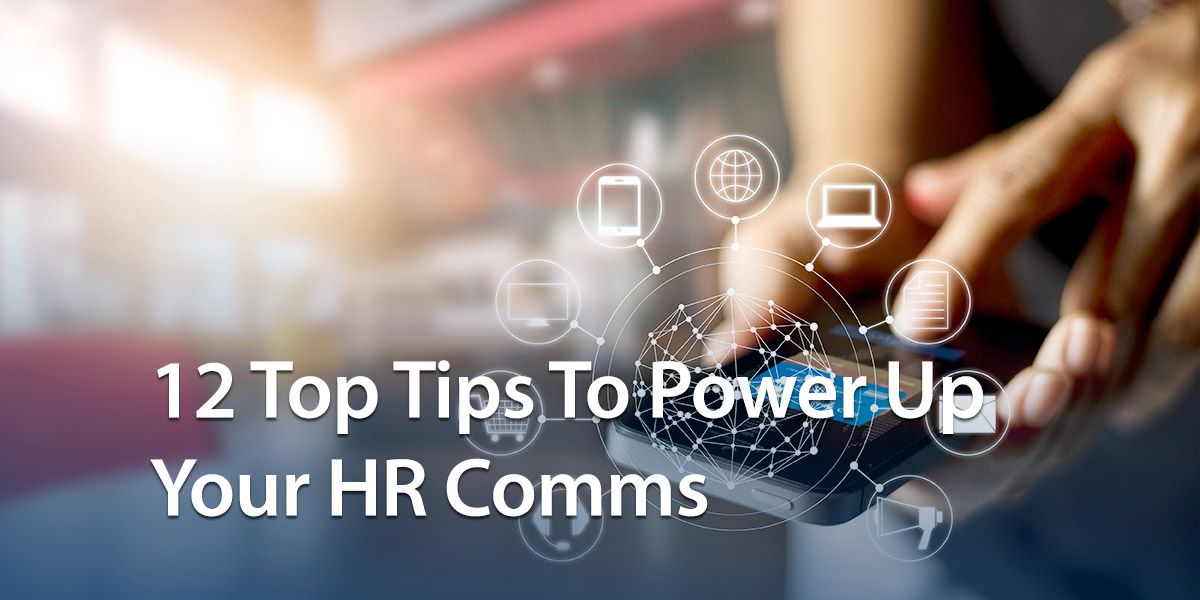

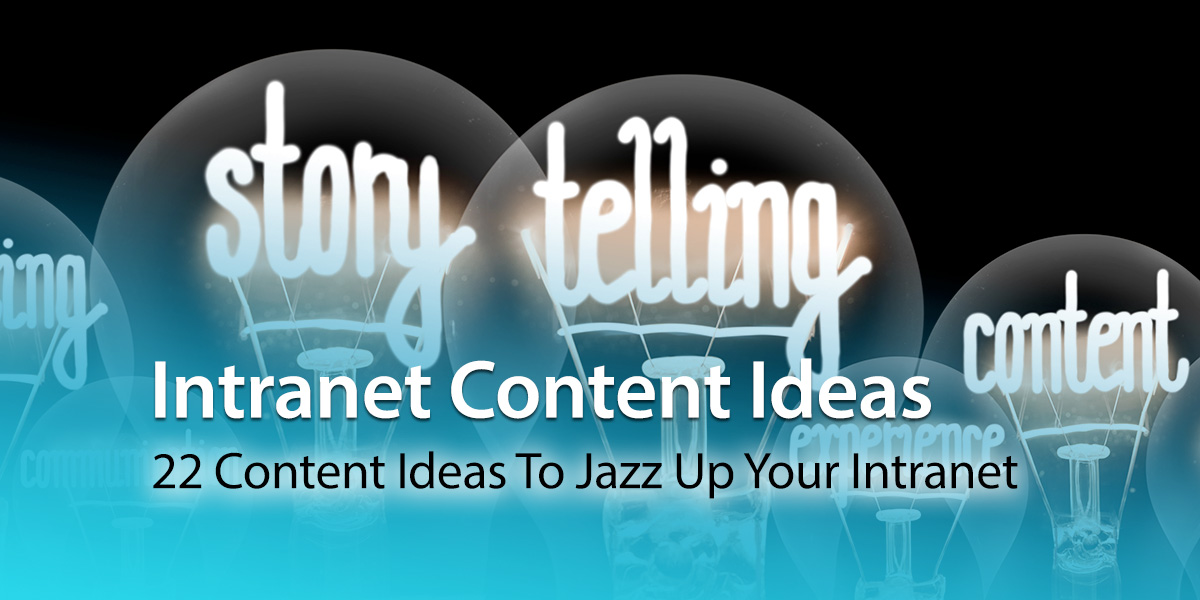
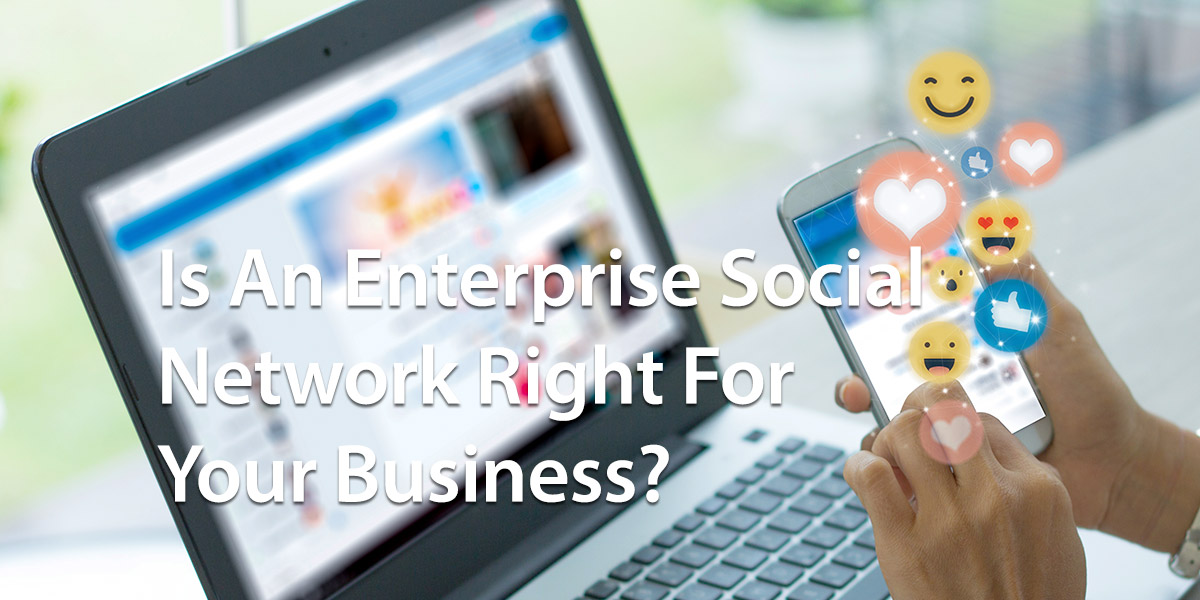

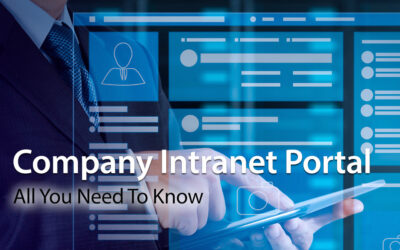

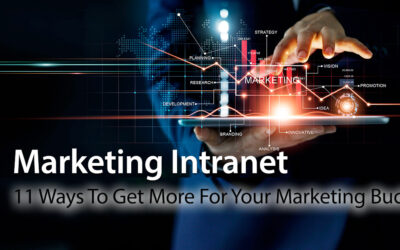

0 Comments